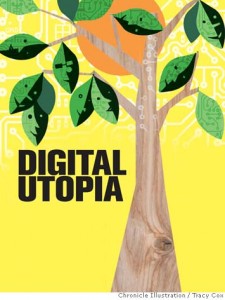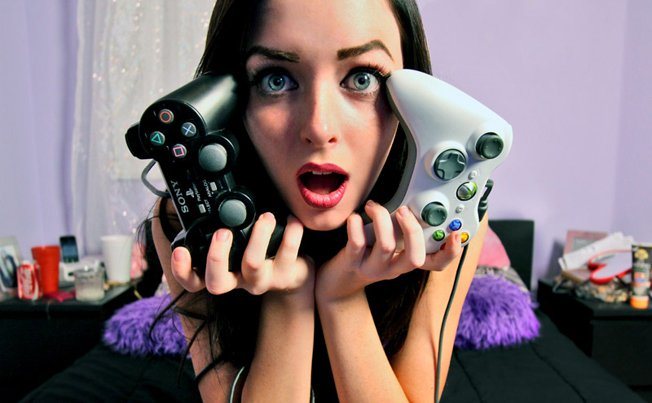
Media representation has to do with how the media portrays particular groups of people. While the term could be used to describe generalized groups of people, within the context of discussion of diversity and marginalization in media portrayal it is almost exclusively used to refer to the media portrayal of marginalized people. Representation involves not only how many marginalized people are present, if any, but also how they are characterized and treated by the narrative. There is both positive and negative representation: For instance, while a lesbian character may appear in a video game, the character may be stereotyped, fridged, objectified, or otherwise be forced into a harmful and oppressive narrative. Calls for representation in games are, therefore, calls for better representation–not only must characters be present to start with, but they must also not be oppressive portrayals.
“This is also relevant to the populations themselves, as representation can have identity and self-esteem effects on individuals from those groups (Comstock and Cobbey, 1979; McDermott and Greenberg, 1984). Tajfel’s social identity theory (1978) suggests that groups look for representations of themselves and then compare those representations with those of other groups. The presence of the group – including within games (Royse et al., 2007) – serves as a marker for members to know that they carry weight in society. Conversely, the absence of portrayals should lead to a feeling of relative unimportance and powerlessness (Mastro and Behm-Morawitz, 2005).” (The virtual census: representations of gender, race and age in video games)
Representation, however, goes further than accuracy in terms of importance. Games that have more aliens and magical creatures than people of color tell us who is prioritized and welcomed in these fantasy games–and have a very real impact on the self esteem and identity of those who are underrepresented in media. Nichelle Nichols, who played Lt. Uhura on Star Trek: The Original Series, inspired a generation with her portrayal of the character: Mae Jemison, the first black female astronaut, was inspired by the character to join NASA, and Whoopi Goldberg, who later played Guinan on Star Trek: The Next Generation, was also inspired by the character, alongside likely millions of other women of color who saw the show as a child. Representation, while possibly appearing unimportant to people who are already widely represented, is a matter of validation of identity and humanity for those who are underrepresented and poorly represented by the media.
“You guys know about vampires, right? … You know, vampires have no reflections in a mirror? There’s this idea that monsters don’t have reflections in a mirror. And what I’ve always thought isn’t that monsters don’t have reflections in a mirror. It’s that if you want to make a human being into a monster, deny them, at the cultural level, any reflection of themselves. And growing up, I felt like a monster in some ways. I didn’t see myself reflected at all. I was like, yo, is something wrong with me? That the whole society seems to think that people like me don’t exist? And part of what inspired me, was this deep desire that before I died, I would make a couple of mirrors. That I would make some mirrors so that kids like me might see themselves reflected back and might not feel so monstrous for it.” – Junot Diaz
Sources&Links:
Media Representation: What It Means And Why It’s Important by Elizabeth Fierro
GSCE Media Studies Introduction To Representation by Karina Wilson
Star Trek’s Uhura Reflects on MLK Encounter Interview on NPR by Michel Martin and Nichelle Nichols
“The virtual census: representations of gender, race and age in video games” by Dmitri Williams, Nicole Martins, Mia Consalvo and James D. Ivory














